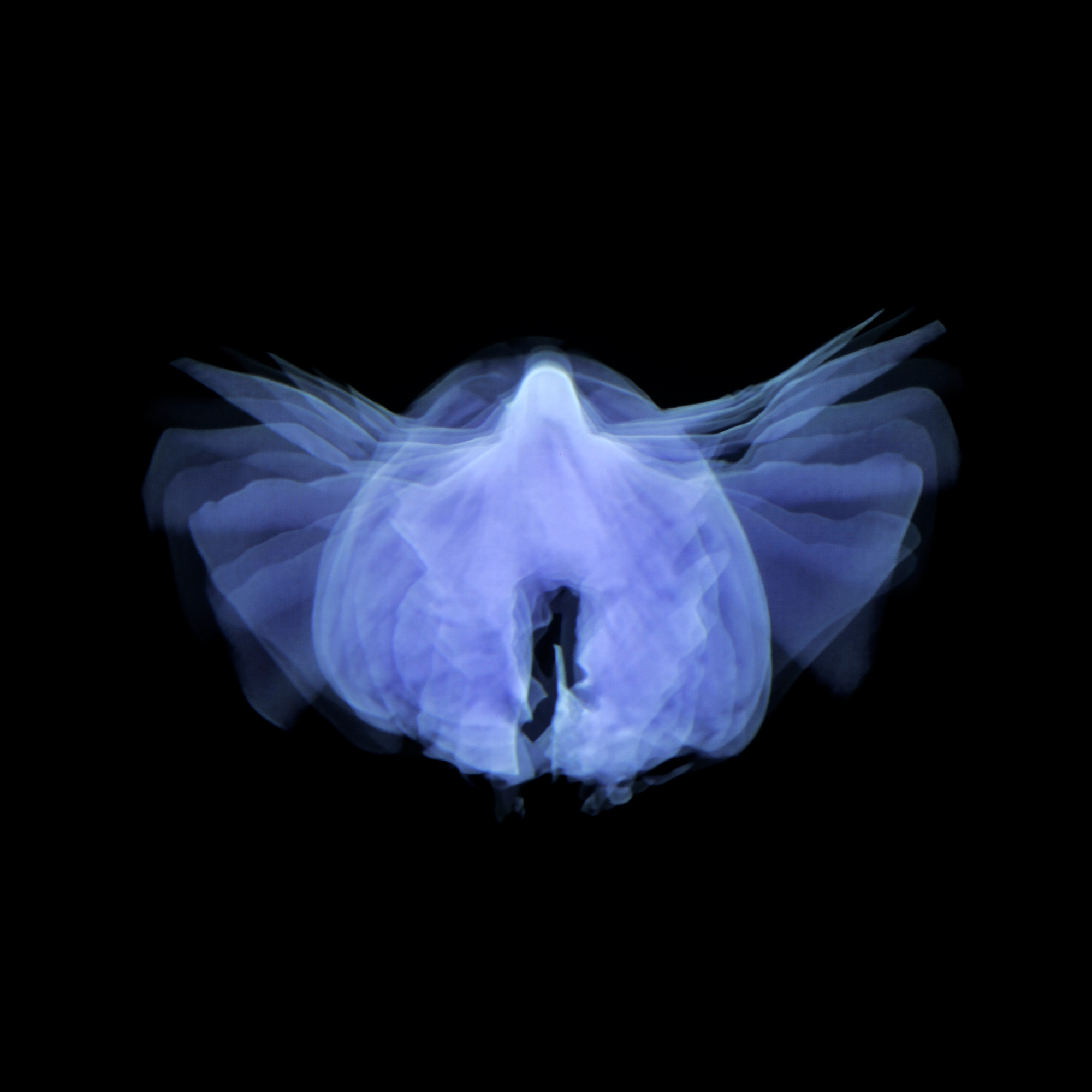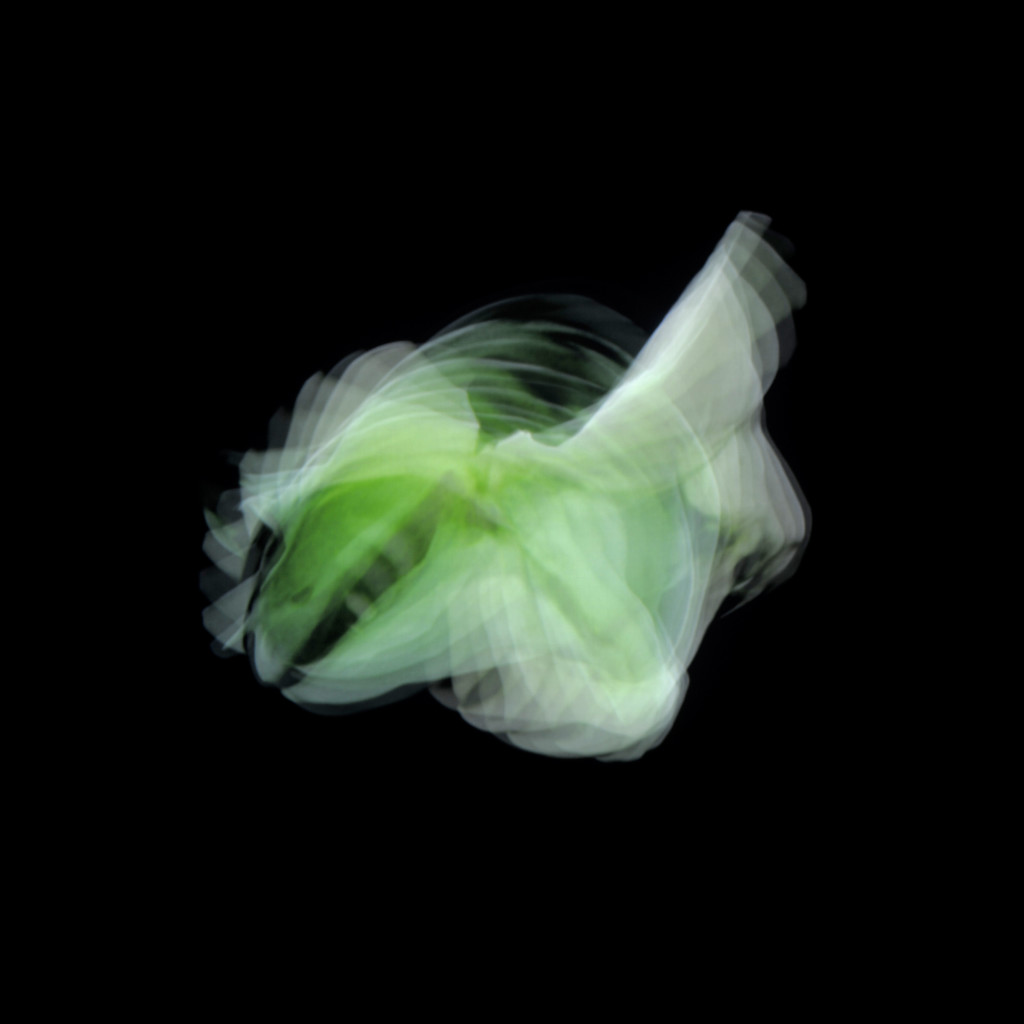What is beauty? At first glance, it may appear odd to ask such questions – don’t we all already know what beauty is? Guðbjörg R. Jóhannesdóttir, doctor of environmental philosophy, questions what we actually mean when we speak about beauty and aesthetics.
Text: Dr. Guðbjörg R. Jóhannesdóttir / Artwork by Elín Hansdóttir
We use the word ‘beauty’ frequently and in a variety of different situations: this is a beautiful view, that’s a beautiful sunset, what a beautiful composition, the eruption is beautiful, this is beautifully designed, that’s a beautiful thought, it was a beautiful moment, that’s a beautiful thing to do.
But what do we mean when say something is beautiful?
Most will no doubt assume beauty to be something relative and subjective; “beauty is in the eye of the beholder” and all that. This would define beauty to be a matter of taste: what I find beautiful, someone else might deem ugly.
Some might say that beauty lies within certain objective qualities, an ideal shape and dimension, for instance the golden ratio. This idea of beauty traces its origins to western ways of thinking, and there is no denying that there is something about beauty that brings out this mode of thinking.
Beauty is subjective; it is a personal, emotional and often deeply affecting experience that touches our soul in a very profound way. But it is also objective, for there are certainly objects “out there” in the real world that are prone to invoking the subjective experience detailed above.
It is a problem philosophers have long struggled to define, and while they have succeeded in shedding some light on how beauty lies somewhere between the objective and the subjective (such as in Kant’s writings on aesthetics), no clear consensus has been reached.
This divide between subjective and objective has deeply affected the ongoing shunning of beauty within western thought. The idea that beauty is subjective and indefinable has prevailed, not least due to beauty carrying with it connotations of femininity, embodiment and emotion to the western mind, a mind shaped by the idea of a duality between the mind and the body. Beauty has thus been marginalised; it was long considered so artistically frivolous and philosophically meaningless that it all but disappeared from the world of twentieth century aesthetics.
During the time, aestheticians were largely of the opinion that beauty was at best a by-product of a successful artistic endeavour, but by no means its primary goal. In other words, creativity was not the aspiration to create beauty. The prevailing attitude in contemporary art was that the role of an individual work of art was to help us see both objects and reality itself in a new and interesting light. This attitude is the veritable polar opposite of antiquity’s thoughts on the role of art: to create a representation of nature and real objects, preferably one that portrayed its subject matter in a prettier, glossier light than its true appearance warranted, but this definition of art was rightfully deemed too narrow to encompass the experience of modern art.
In place of simply widening the concept of beauty, then, it was marginalised by twentieth century aesthetics, and while beauty has been reappraised by the world of aesthetics in philosophy to a degree, it remains marginalised by its dismissal as skin-deep, a shallow avatar that we should all be obsessed with.
This dismissal in turn leads to our ideas of what for instance constitutes a beautiful body become inhibited and we forget the beauty inherent in diversity; disabled or overweight bodies cease to be counted among the beautiful ones, according to the limited standards of beauty worship. Beauty goes far deeper than simple appearance, however; it comes from within, reaches out and creates relations (or makes us aware of those relations).
In reality, beauty – in effect an experience that plays a part in defining our humanity and our quality of life – has generally not been up for much discussion in our society. Beauty is frequently categorised (and therefore further marginalised) as personal and abstract and therefore unfit for further discussion in a society that demands everything be objective and quantifiable in order to have any weight as a topic.
But what if we are to think outside this western ideological constraint and draw from other, more in-depth aspects to our experience of beauty?
According to phenomenological understandings of beauty, the moment of beauty begins when your senses are captured; when your entire existence is captivated by your sensory input, all divisions are erased and you experience yourself as a relational being. You are open to receive meaning, rather than projecting your own meaning onto what is being perceived. Beauty is what we experience when we perceive only to perceive, when we look to the sky in admiration but not to ascertain the weather, when we behold a waterfall to let ourselves be captured by it, not to estimate the size of the dam needed to capture its power.
Beauty is a call; it draws our consciousness to it, creates a longing to remain in its presence, to behold it and share it with others. Who among us can say he has never experienced beauty without wanting to alert those near us to it? Or to feel a longing to take a photograph, draw a picture, craft a song, write a poem or simply to stare awhile – a need to capture the moment of beauty, to forge from it a new beauty and thus somehow maintain it? Beauty nourishes those who experience it, and that nourishment encourages one to repay the favour – to protect and nourish the beauty so it may persist in nourishing others.
In this manner, there is a certain level of communication inherent in the experience of beauty. She who experiences beauty receives the meaning of what she perceives and feels a need to capture the moment and its meaning by repeating it.
Is this truly not what creativity is all about – the longing to create works and conditions that capture our attention and excite the senses in such a manner as to open our minds to new significance? The beauty of a work of art resides no longer in a colour, form or texture that recalls the image of nature and of objects in such a way as to beautify them, but rather in the ability of the work (through the use of form, colour, texture, sound, touch and smell, to name but a few) to help us see objects and reality in a new light – and thereby permit us to experience the moment where our minds become open to new meaning. Only when we transcend the narrow, polarised western definition of beauty, can beauty rise above its frivolous window dressing and once again become the core of artistic creativity and that of humanity itself.
For to experience beauty is to reconnect with that core of human existence that seems all too often forgotten in daily life and the overstimulation of modern society: that man is a connective being that is affected by his environment as he affects it. Experiencing beauty opens our mind to the idea that there is a world beyond the self; a world that we share with others. Our need and our ability to share beauty, for instance through art, shows that the so-called “subjective” world is in fact “inter-subjective.”
As human beings, we are not simple individuals, each one with access only to our own mind, which is in turn separate from our body and our environment, as western understanding dictates, based as it is on simple duality. On the contrary, we are relational beings, the divisions between ourselves and the other are ill-defined and fluid, and the true meaning of reality can be found in the interplay between subjectivity and objectivity; between us and realilty – or the coexistence we perpetually share with others. Experiencing beauty thus reveals the unbreakable and manifold bonds we share with the each other and the planet we inhabit.
Beauty begins with simple perception, but amounts to so much more. Beauty trains us to set aside our self, and it offers us a chance to achieve true decentering of the self. This radical decentering gives us pleasure, so much so that one who has experienced it is likely to seek it out again. This way, our sense of pleasure becomes a talent that can be shaped and developed by individual experience.
In this context, we must emphasise an aesthetic upbringing – to encourage the aesthetic sense the trains us to set the self aside and give full attention to the other as an independent being or entity. Beauty is not solely a source of pleasure and joy for us. Beauty can aid our development as ethical beings and enable us to forge better communities. With every added opportunity to experience beauty that we create, we increase our happiness and quality of life. Beauty does not only increase our sense of pleasure and well-being; it makes us human, for it helps us to understand ourselves and what it is to be a person connected with one’s environment and other beings.
What crystallises from these meditations on beauty must be a call for us all to raise beauty and discussion thereof to a higher plain. Let us no longer regard beauty as taboo, much like other feelings that we only truly discuss with ourselves and those closest to us, strangled as we are by anxiety and fear of being perceived as sentimental and emotional (or in other words perceived as feminine, a word unfortunately loaded with negative connotations).
Let us no longer perceive it as a byproduct or commodity that can only be indulged in once our basis needs have been satisfied. Let us no longer regard it as a product we can sell to tourists. Let us no longer regard it as a product we can sell to those deeply fixated on consumer society’s obsessions with superficiality and appearance. Let us rather place beauty on the pedestal it deserves and emphasise its important role in how we perceive our reality, our knowledge, our values, our well-being and the quality of our lives.


